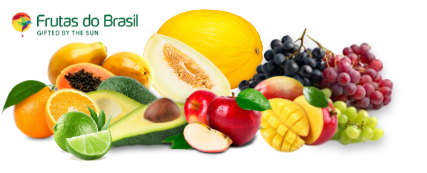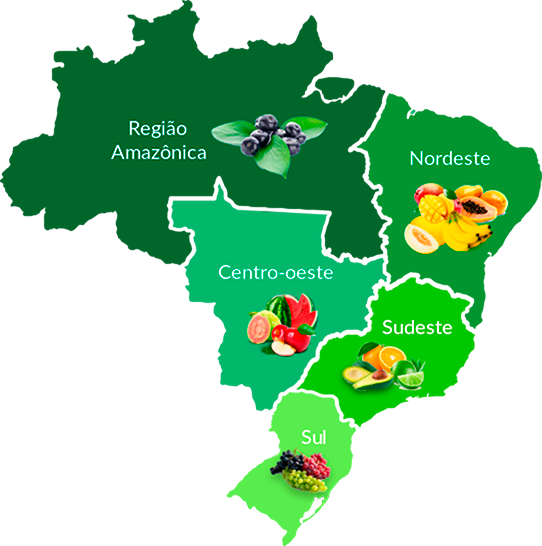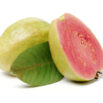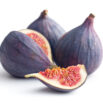The North Region is one of the five regions in Brazil. It is formed by seven states, namely: Acre, Amapá, Amazonas, Pará, Rondônia, Roraima and Tocantins. The Amazon rainforest, which covers much of the northern region of Brazil and extends to Colombia, Peru and other countries in South America. The Amazon is the largest rainforest in the world, famous for its biodiversity.
Although the Amazon region extends to other countries, it is in Brazil where the production of açaí is concentrated. Açaí is a specifically Brazilian fruit.
Today, the leading state in production is Pará, with almost 90% of the market, but açaí is appreciated throughout Brazil and has gained prominence in even international cuisine.
 Amazônia - Brazil
Amazônia - Brazil
The Northern Region of Brazil is crossed by thousands of rivers, including the grandiose Amazon River. And the Brazilian fruit production, especially the production of açaí, is important for the social and economic development of riverside cities.
The territory of Amazonas is covered in its entirety by the largest tropical forest in the world and has 98% of its preserved area. Combining its ecological potential with a business policy based on sustainability.
In the state of Amazonas, the city of Manaus is located on the banks of the Rio Negro and, for several kilometers, the dark water of this river flows along the clear water of the Rio Solimões, in the so-called Encontro das Águas, from this union the Rio Solimões changes its name and is renamed Rio Amazonas. An abundant and very fertile region.
 Amazônia - Brazil
Amazônia - Brazil

































